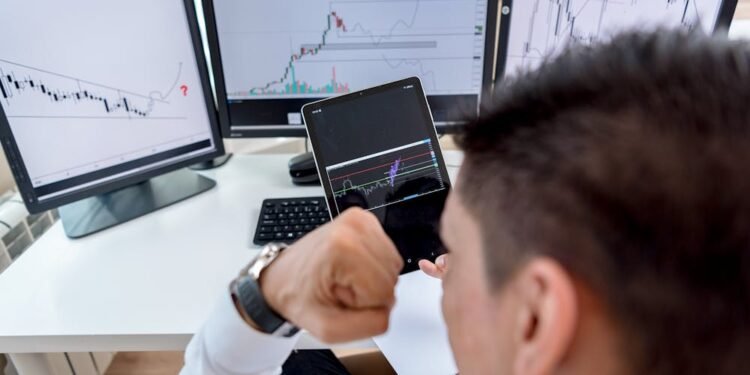Before a pilot flies a plane, they spend hours in simulators. Before a doctor operates, they train in controlled environments. In trading, the closest thing to that kind of preparation is backtesting. It is not glamorous, and it does not deliver instant results, but for those serious about EUR/USD trading, backtesting is where strategies are sharpened, refined, and proven or exposed.
What Backtesting Actually Tells You
At its core, backtesting is the process of applying a trading strategy to historical data to evaluate how it would have performed. It does not predict the future, but it does tell a story about the past. More importantly, it shows how a strategy might behave under real market conditions. For EUR/USD trading, which reacts to economic reports, central bank moves, and market sentiment, backtesting provides critical insight into how different conditions affect your chosen method.
Avoiding the Illusion of a Good Idea
Every trader has ideas that feel brilliant in the moment. A moving average crossover here. A Fibonacci retracement there. It looks great on a single chart. But the market does not run on isolated moments. It runs on patterns, probabilities, and behavior that plays out over thousands of data points. Backtesting forces the idea to prove itself across various conditions. In EUR/USD trading, where ranges shift and volatility can surge overnight, this step separates intuition from actual reliability.
Understanding the Metrics That Matter
Backtesting is more than just checking if the strategy made money. It reveals deeper metrics that help build confidence. Win rate, average risk to reward, maximum drawdown, and consecutive losses are just a few numbers that help paint the full picture. A strategy might have a high win rate but blow up on a single losing streak. Another might lose more often but produce strong profits through occasional big wins. Backtesting helps define these nuances before you put real capital at risk in EUR/USD trading.
Emotional Clarity Comes from Historical Experience
One of the most overlooked benefits of backtesting is how it trains your emotions. By seeing how a strategy performs over months or years, traders build psychological resilience. They learn to expect drawdowns and anticipate boredom during sideways markets. In EUR/USD trading, where traders can be whipsawed by news or misled by false breakouts, having a historical blueprint to fall back on gives structure and confidence when things get uncertain.
Manual or Automated Backtesting
Some traders prefer manual backtesting. They scroll through charts, track setups, and log outcomes by hand. This offers a deeper feel for price behavior but takes time. Others use automated tools to test rules over large data sets in seconds. Both approaches have value. Manual methods often uncover insights into market rhythm, while automated tools provide statistical depth. Combining the two gives a fuller view of how a strategy would perform in EUR/USD trading across different timeframes and cycles.
Backtesting Does Not Mean Future Proof
Even the most successful backtest is not a guarantee. Markets evolve. Volatility shifts. Policy changes. What worked in a trending environment may struggle in a range-bound one. Backtesting is a foundation, not a forecast. Traders who rely solely on past performance without monitoring current context risk being caught off guard. This is why smart EUR/USD trading strategies include not only a backtest but a method for ongoing evaluation and adaptation.
Refinement Is Part of the Process
Once a strategy has been backtested, it often needs refining. Maybe a certain setup works better during the London session. Maybe the win rate jumps with a slightly wider stop loss. Backtesting allows for controlled experimentation. Every tweak can be measured. Over time, this process builds a system that fits the trader’s style and the market’s structure. It moves trading from reaction to execution.






